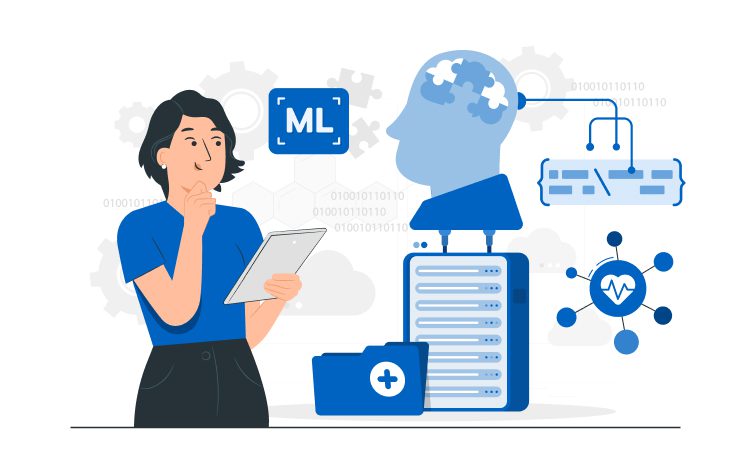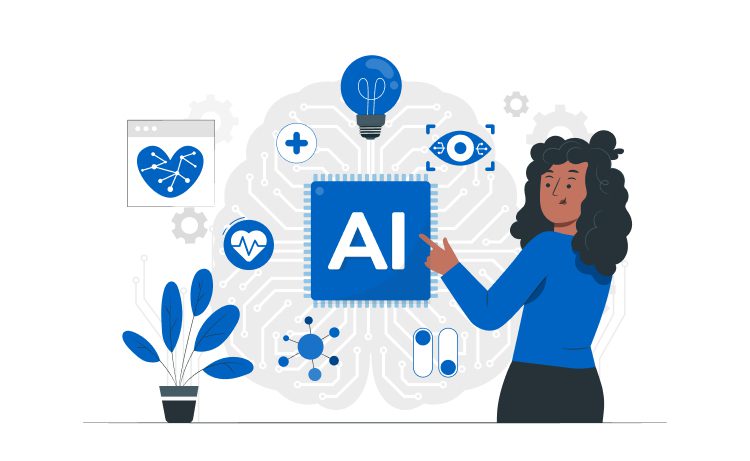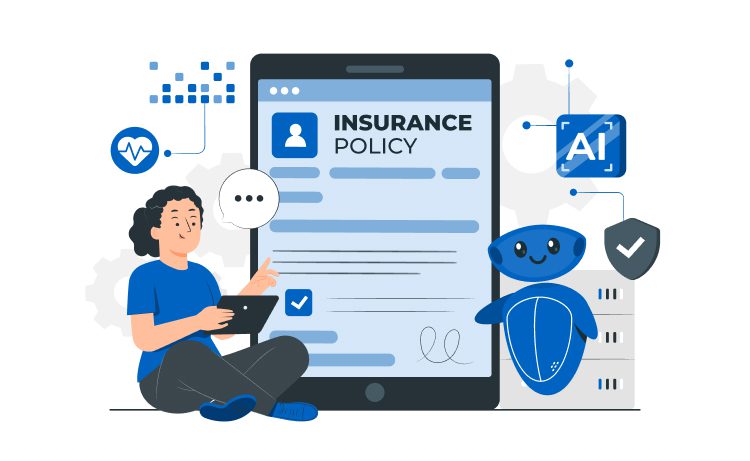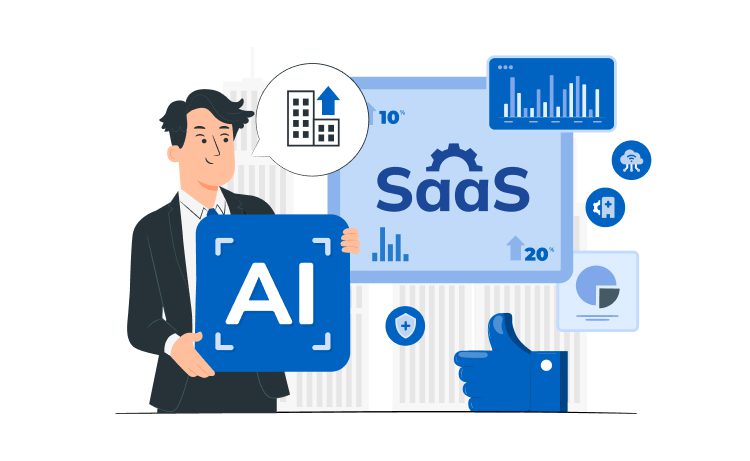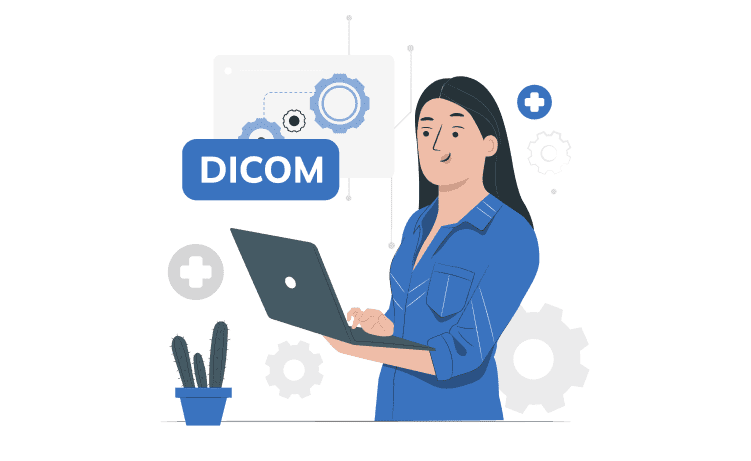
What is Dicom and why you hear this word so often in healthcare



The ability to seamlessly and cohesively exchange information has been an ongoing issue in the healthcare industry for decades.
However, with the evolution of medical technology combined with increased connection with digital environments, new and exciting solutions are now simplifying the data exchange process for both clinicians and patients.
Similar to many other data exchange protocols like HL7, there is a common standard for exchanging healthcare images and communication between image acquisition devices and their related data — this is called DICOM.
Content
DICOM, or Digital Imaging and Communications in Medicine, is an international nonproprietary standard that specifies the protocols that are to be followed to facilitate the exchange of medical images and related data in healthcare systems.
It is a global IT standard used in hospitals worldwide to ensure interoperability of systems that produce, process, store, print, and transmit information in medical imaging.
DICOM was first developed in 1985 and became widely accepted as the common standard in 1993. Typically, software systems that work with image information require DICOM standards to operate smoothly and reflect images accurately.
Imaging equipment and information systems with DICOM conformance work with any healthcare administration workflow and EHR (electronic health record) systems.
To make sure that images are correctly integrated, hospitals and clinics are advised to invest in equipment and IT systems that conform to DICOM standards and cover the five main areas of medical digital image interpretation:
With DICOM Standards, the physician-patient-payer workflow is much faster. As each party receives quick access to images and reports, the DICOM standard allows for faster diagnosis, more efficient care, and even lower costs.
Primarily, DICOM is most often used in radiology.
Other healthcare vectors that mostly rely on DICOM imaging in day-to-day operations include cardiology, oncology, dentistry, surgery, neurology, breast imaging, radiotherapy, ophthalmology, pathology, veterinary, and pneumology.
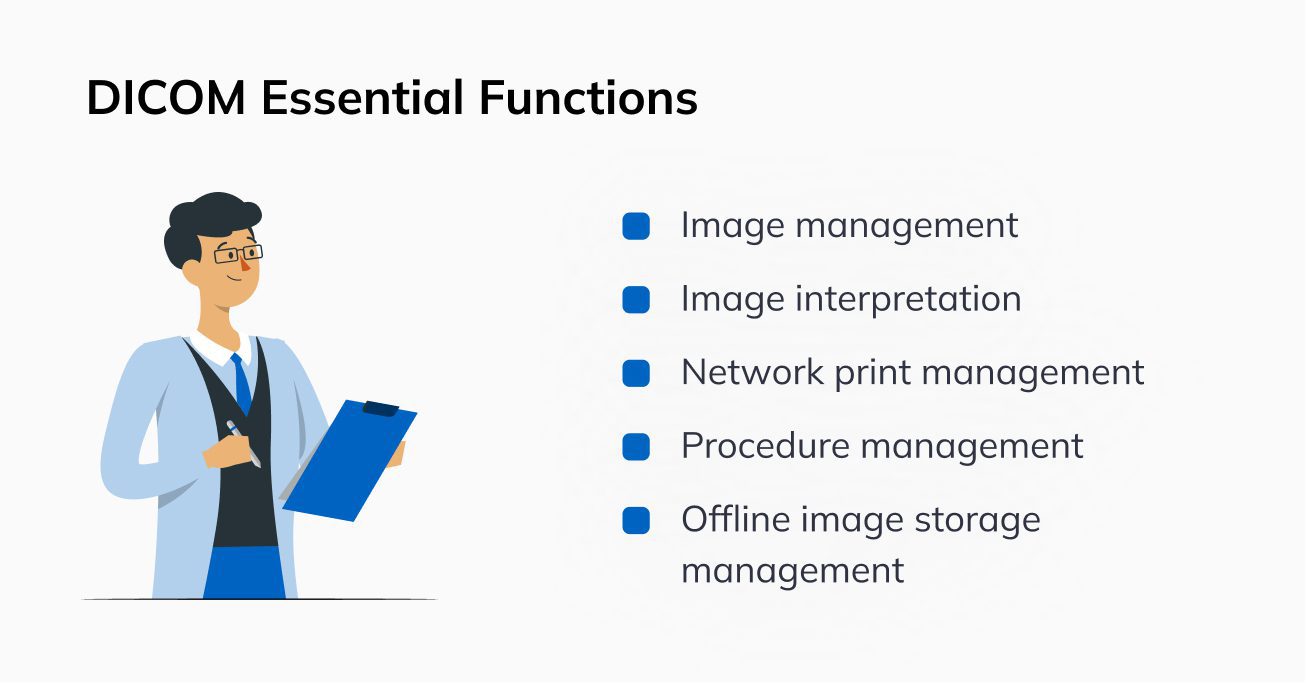
DICOM is updated roughly 4 to 5 times every year or two. Presently, there are more than 20 active working groups with over 750 technical and medical experts supporting the system.
DICOM does not define the entire architecture of a system nor does it define the functionality of a software product. Instead, it consists of a file format and a network communication protocol.
The latter is an application protocol that uses TCP/IP (end-to-end data communication specifying how data should be packetized, addressed, transmitted, routed, and received) for systems communication.
DICOM files can be transferred between two systems that support images and patient data in DICOM format. The information is grouped into data sets, and the image information always remains connected to the image itself.
For example, an image file always contains a patient’s ID within. Although it can have only one attribute when it comes to pixel data, a DICOM data object typically consists of many attributes.
For the identical grayscale on different devices, the DICOM committee developed a ‘lookup table’ that displays digitally assigned pixel values. The DICOM grayscale standard display function (GSDF) is available when viewing images on devices compatible with the ‘lookup feature’, or on devices calibrated to the GSDF curve.
While it may not seem obvious, DICOM resolves several critical issues relating to digital imaging in healthcare. Essentially, it guarantees compliance with the commonly accepted regulation in the healthcare industry and provides data accuracy.
Although DICOM protocols can enable providers to exchange specific MPPS messages in order to alter procedures and detect errors, apart from its primary regulatory functions, DICOM means a lot more to the industry.
Firstly, DICOM provides a unified, universal format that is recognized and received by other devices and/or systems that feature the same standard.
This helps bridge the gap between disparate medical data sources and archives, EHRs, software systems, and other technology, thus improving overall administrative workflows.
As DICOM images contain data attributes, the process of retrieving information is facilitated. The DICOM image format covers patient ID information, including image acquisition parameters such as slice thickness, exposure, etc., that are linked to every image which makes it much easier for healthcare organizations to store and transmit data.
In short, it allows healthcare providers to provide their patients with better care and service.
Without additional information, ordinary digital images don’t make much sense to medical software systems and image acquisition devices that require metadata to process images.
With DICOM, images are transformed into complete data units with valuable additional information that significantly reduces the chances of error or misinterpretation.
Additionally, the DICOM standard provides superior quality to monochrome images and supports up to 16 bits of image information, which allows clinicians to view an accurate representation of an image’s contents.
It also allows for re-modeling imaging and the creation of 3D projections from two-dimensional images. Aside from image parameters, DICOM can also be used to record data relating to radiation levels in order to keep CT scanning safe.
In fact, DICOM was initially developed with the purpose of defining an acceptable radiation dose for examinations. Now, the DICOM standard makes it safe to use imaging technologies in healthcare regardless of a physician’s location and enables them to instantly make the right diagnoses.
Ultimately, the DICOM standard allows healthcare organizations and providers to cut down on costs as the need to invest in developing software to process images has been eliminated.
This universality provides cross-system and cross-device interoperability in healthcare, making the diagnostics process simple and efficient.
As mentioned earlier, DICOM also anticipates the possibility of errors and complications. The first cause for concern relating to a system’s performance is that there are too many fields for data attributes.
If these fields are filled out incorrectly, they can lead to system errors and even affect an image’s data. As such, images require accurate indexing when they are added to a device, especially when additional information is required.
Also, to receive the most accurate interpretation possible, images need to be very high quality. Further concerns relating to DICOM safety were raised after an incident in 2019 when hackers found a bug in the system and installed malware code that began spreading to other devices and systems.
Currently, many medical devices and/or healthcare products are not equipped with DICOM standards. As DICOM allows devices to share data with other DICOM-enabled devices, if you’re interested in developing a healthcare product, the implementation of DICOM will automatically add credibility to your project.
Glorium has more than 10 years of experience developing healthcare solutions. Allow us to enhance your team’s skills and knowledge with our professional expertise when it comes to implementing DICOM protocols into your applications, or to help with other integration issues.
Learn more about our solutions or book a call today!


